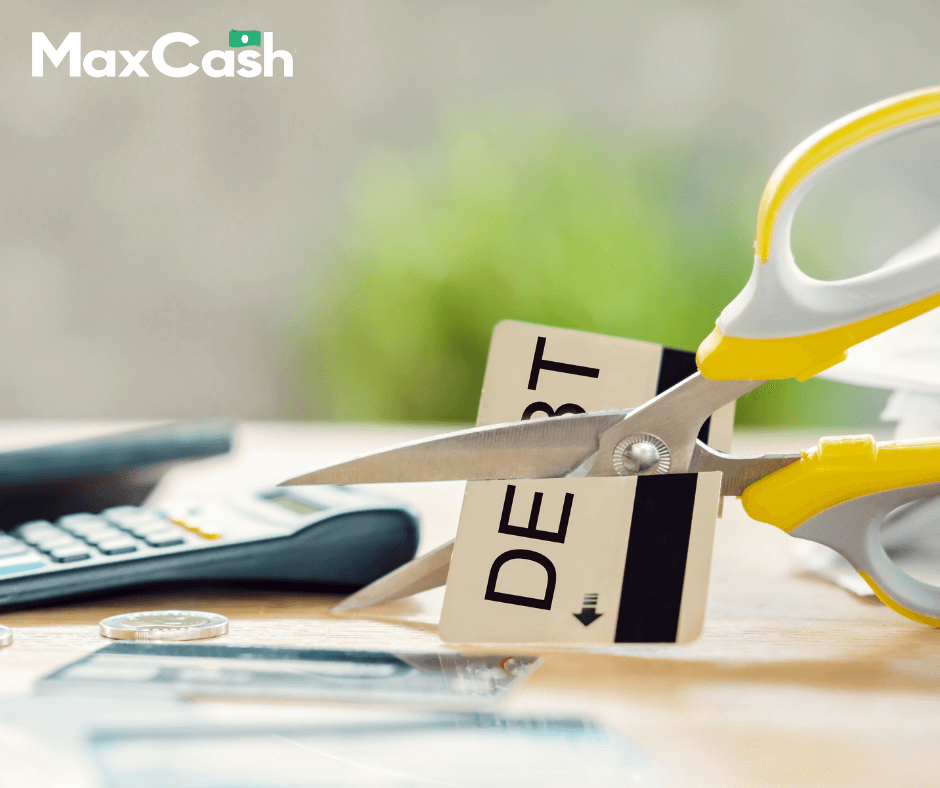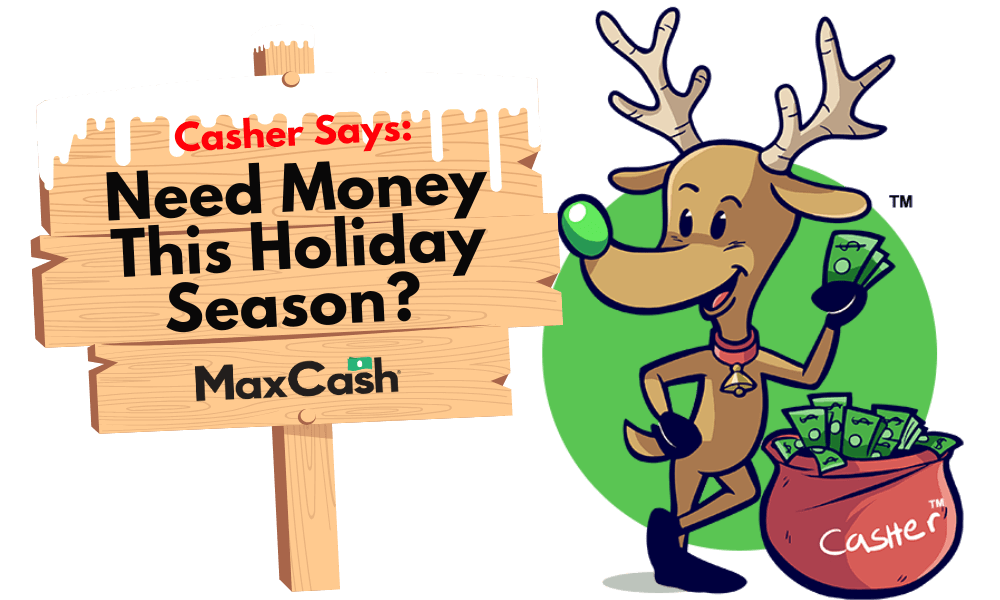A major goal for many Americans is to reduce credit card debt. Getting rid of your debt can improve your financial health, reduce stress, and give you a greater sense of control over your money. While it may look challenging at first, paying off your credit card balance brings you one step closer to financial freedom and the opportunity to save for the things that matter most. If you’re looking to reduce your credit card debt, this comprehensive guide will show you how to do just that.
Learn How to Assess Your Debt Situation
To get the ball rolling, you must first make sense of your credit card balances and list the APRs (Annual Percentage Rate) of each card you have opened. Why is this important? This lets you know how much debt you have, what you’ll be dealing with, and how to prioritize your debt.
How do you prioritize your credit card balances? Some methods suggest tackling the highest interest rates first to reduce the overall interest charges you’re hit with, while others advise paying down the smaller balances to start with for the more immediate psychological win – it’s a confidence booster and can encourage you to keep up with your payment plan.
Improve Your Credit Score
Your credit score is affected by different factors, including your payment history and credit utilization ratio (the ratio of the percentage of the credit you’re using). Consistently paying your credit cards on time will get you better credit ratings. As your scores go up, you may qualify for better interest rates and loan options.4
Invest in Your Future
Paying off credit card debt and being free of interest charges can give you a sense of financial security. The money saved on interest could be put towards building a savings or retirement fund. By reducing debt-related stress, you gain more control over your financial planning, opening up opportunities for exploring other investment options.
Boosting Financial Flexibility
Repaying credit card debt will unlock the money previously earmarked for payments. This new flexibility allows for more balanced budgeting and the ability to prioritize essential needs. Whether it’s fixing overdue car repairs or setting aside funds for that dream vacation, having resources at your disposal by reducing debt gives you greater freedom in how you allocate them.
Start Reducing Debt Now
Starting the process of getting rid of debt might seem overwhelming at first, but by implementing a few practical strategies, you can begin to make significant progress in reducing your overall debt. Here are a few ways how:
Budgeting
Budgeting is the key to financial wellness, and this is no different when it comes to credit card debt. It allows you to see exactly how much you have coming in versus going out and where you can cut back. Focus on prioritizing your necessities. That could include rent, car payments, etc. Your next focus should be to cut back on spending as much as possible. Are you overpaying for subscription services? Maybe you spend too much on DoorDash. Wherever you need to cut back, you have to be the one to make the changes.

You could use a service like YNAB (You Need a Budget) to help and motivate you to change your spending habits. Some people also need an accountability partner/coach for more personalized assistance. A financial advisor or budgeting workshop can help you find something that works best for you.
Set Up an Emergency Fund
Another often overlooked aspect of reducing debt is the emergency fund. Building savings that can cover unexpected expenses keeps you from accruing additional debt. Begin small by saving for a $1,000 emergency fund and gradually increasing it until you have three to six months’ worth of living expenses saved. This financial cushion can ensure unexpected expenses do not derail your efforts to reduce debt.
Repayment Strategies
Using carefully chosen methods for credit card debt repayment is another way to speed up the process of financial freedom. The two most popular methods–Avalanche and Snowball—provide different yet successful strategies for getting debt paid off.
- The Avalanche Method: This method focuses on paying off the debt with the highest interest rate first while paying the minimum amount due on other debts. By taking on high-interest debt immediately, you reduce interest accrual and speed up the whole debt repayment process.
- The Snowball Method: Unlike the Avalanche Method, the Snowball Method stresses focusing on debts with the lowest balances first. Individuals make a head start with the quick elimination of small debts, which results in the feeling of momentum and motivation to tackle larger debts.
Educate Yourself
Knowing is half the battle, especially when it comes to financial management. Look into free online courses, webinars, and other resources to improve your financial literacy. Understanding how interest rates work, what factors into your credit score, and what rights you have as a consumer will not only help you make more informed decisions, but can also give you leverage when negotiating the terms of your debt.
Get Free Advice
One important key to seeking relief for people with significant debt issues is to contact credit counseling agencies for detailed assistance. Such institutions develop customized debt management plans, offer financial advice, and provide resources to individuals struggling with financial hardships.
Debt Consolidation to Reduce Credit Card Debt
Consolidating several loans or credit card balances through methods like secured loans and balance transfer credit cards can provide a more structured approach to debt management. By combining various debts into a single payment or securing better interest rates through refinancing, individuals can effectively lower the expenses associated with high interest debts.

You can’t overlook the psychological benefit of consolidating your debts. It can be overwhelming and stressful when multiple creditors demand your attention (and money). A debt consolidation loan rolls multiple debts into a single one, which can lower your credit utilization ratio if you pay off the outstanding debt. Keeping that ratio under 30% is one of the big factors in calculating your credit score. Remember, do not close your old account! That can actually hurt your credit score.
If you make those payments on time ( every time), your credit score will also start to look better. That can be a huge psychological plus, offering a clear path out of debt.
Bankruptcy and Debt Settlement
As a last resort for resolving debt problems, filing for bankruptcy or pursuing debt settlement may offer solutions for those struggling to repay their debts. Considering and evaluating the outcomes and risks of different debt resolution options is crucial when making well-informed decisions about managing debt.
Create a Debt-Free Lifestyle
Paying off your credit card debt isn’t just about overcoming the immediate financial hurdle. It’s about laying the groundwork for a debt-free life. Habits like opting for cash on hand instead of credit cards for daily purchases, creating a fund that allows you to save for large-ticket items, and reviewing your budget on a regular basis to ensure you’re staying on track, can help prevent you from accruing further credit card debt down the line. The maxim of “living within your means and saving for the future”, in fact, is a good habit that will serve you way beyond the immediate goal of reducing credit card debt.
The Max Cash Advantage
Getting rid of credit card debt can be challenging, but it isn’t impossible. Do you need a helping hand to reduce credit card debt? Max Cash can guide you through the maze toward your financial goals, offering tailored solutions to meet your specific needs. Whether you are searching for a loan to consolidate debts, are curious about how to improve your credit score, or simply want to learn how to monitor your credit, Max Cash is here to help guide you. Use the installment loan calculator today to learn more about the repayment process for debt consolidation loans.2 5
Don’t hesitate to reach out now by calling 833-277-9052 or online to start on the path toward your financial freedom.5



